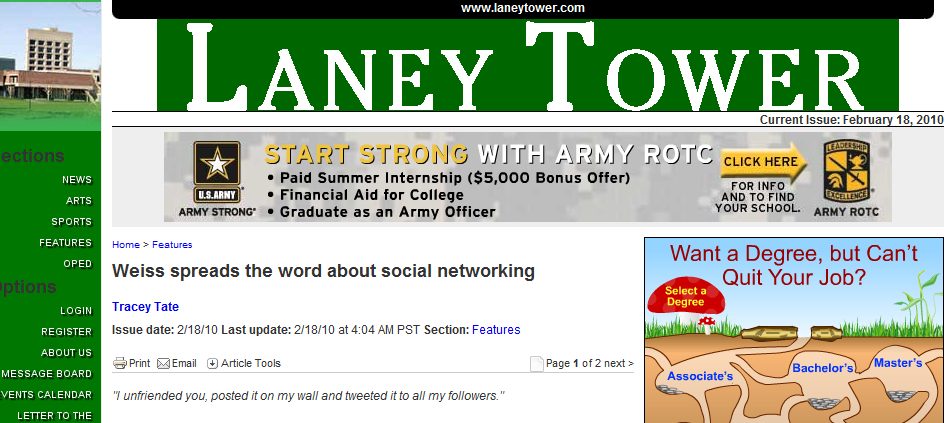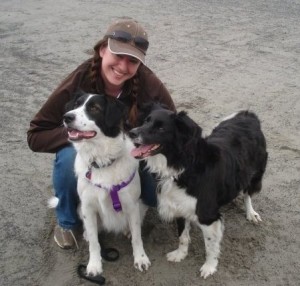Social Media Marketing is the BUZZ these days, and that IS what this article is all about: However, according to Axel Schultze. Chairman of the Social Media Academy, and my instructor for the first Leadership Class of 2010:
“Marketing is only ONE component. We must shift in all departments. Social Media initiatives cannot work without a buy-in from all areas of an organization.”
That being said, the Marketing and PR people in an organization are those responsible for the communication functions, and as such need to be aware that what’s worked in the past just isn’t working anymore:
- For one thing, Advertising isn’t working because there’s just too much of it.
- People no longer believe the glitzy productions that advertisers are throwing in our faces. We may be entertained, but we don’t “buy it.”
- Ads no longer stick with us. Marketers “assume” that consumers are listening.
- The Push Era is over: Broadcasting one-way messages leaves us out. Marketers today must listen to us, bring us in, and then we will listen to them.
Here are more of my take-aways from our last class session on
“The Changing Face of a Marketing and PR department”
1. Brand “attitude” has changed. It is all about PEOPLE identifying and associating themselves with brands. We are drawn to the people we see in ads.
2. We need to forget distinguishing between B2B and B2C: we are all customers of someone else.
3. When we market today, it is an US to US.
4. Beware of simply adding social media as a new “tool”; you may find you are simply making noise.
5. Companies cannot outsource social media and expect the best results; an agency cannot discuss topics in a forum without involvement of the sales, procurement, and support teams.
6. Planning is critical and should begin with ASSESSMENT, i.e. who your customers are, where they hang out, what they talk about, and what they need.
7. Biggest mistake is jumping in without knowing what you are doing; you need to strategize before you go too far: Goal, Mission, Benefits, Action Programs, Reporting — all need to go into developing strategy.
8. Social media plans must include ongoing research: monitoring, lead generation, internal escalation [responsiveness to leads].
9. Traditional “roll-outs” no longer work. Customers need to be part of the planning and implementation process. Customer Advisory Boards have always been powerful, but today they are HUGE, i.e. your entire customer base can play this role.
10. The distinctions between PR and Marketing are dissolving; the social media marketing team must build relationships with bloggers, traditional press, industry associations, educators, users and key influencers wherever they are to be found.
In this New Era of New Media, if a company does not have a Vision and a Strategy, the tools do not matter. Working with and through the consumer community is the path to success in the New Future.
Anyone hear of any valuable social media planning tools that have worked for your organization?
















